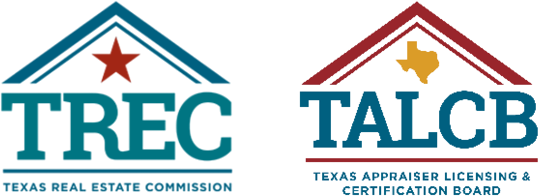One of the truly confusing aspects for a business owner trying to sell on his or her own is that of what value to place on the business. Such thoughts as “it is what I need to retire on” or “it’s what I put into it” are not methods for determining what a business is worth on the market.
Too many business owners also concentrate on gross sales without proper knowledge of the basic operating expenses to profit on their business (cash flow). Cash flow is the true profit of the business and the asking price should be a variable on cash flow. Cash Flow – not gross sales – determines the profitability of the business.
What is Cash Flow?
Cash flow is profit before taxes. It is what the owner is truly making. Cash Flow is determined by taking the Net Profit or Loss from the tax returns then “adding back” to the Net Profit or Loss any non-essential, non-business related or paper expenses (amortization, depreciation and interest). There are additional “add backs” like one-time expenses or payroll expenses on an employee no longer with the business – just to name a couple.
For example – we have a fictitious business named Widgets Inc. In looking at their latest tax return we see that it has a Net Profit (bottom line) = $68,787.
Automatic “add backs” to profit from the tax returns…
- $6,424 Depreciation expense
- $3,178 Amortization expense
- $1 674 Interest expense
Discretionary “add backs” to profit from the tax returns…
- $12,676 expense for “insurance” was all personal on the owner and wife
- $18,900 expense was a one-time expense for redesigning the interior
- $5,323 expense was for the owner’s personal vehicle not made part of the sale not needed to operate the business.
- $4,568 expense was for his yearly dues at the country club – obviously not needed to operate the business.
So in determining the cash flow…
* Take the Net Profit = $68,787
* then “add back” 1-3 above (cumulative $11,276)
* then “add back” A-D above (cumulative $41,467)
_______________________________
TOTAL (Cash Flow) = $121,530
So while the tax return shows a $68,787 net profit – the true profit or CASH FLOW was $121,530. Some businesses will show a loss on their tax returns but a good and positive cash flow.
The actual market value of the business should be determined by using a multiplier of the cash flow + the assets.
If you read terms like EBIT or EBITA and don’t understand it. Don’t panic. Here is a simplified explanation…
EBIT (Earnings Before Interest and Taxes) – Cash Flow Above less Interest
EBITA (Earnings Before Interest, Taxes and Amortization) – Cash Flow Above less Interest & Amortization
The EBIT for Widgets Inc above would be $119,856 (cash flow less the $1,674 Interest Expense)
The EBITA for same would be $116,678 (cash flow less the $1,674 Interest Expense & $3,178 Amortization Expense)
One of the main problems of owners selling their business on their own is that they grossly undervalue their business. This results in far less proceeds from the sale than what they could have gotten by using a professional to assist them.
These leads back to qualified buyers needing financing. The comprehensive cash flow analysis to market value is the primary method used by the acquisition lenders to fund the buyers to help a deal gets closed.
There are also Third Party Valuation options to get a detailed value on your business. These valuations can be quite expensive but do provide the most concrete “book” of your business market value.
IMPROPER MARKET VALUE METHODS WILL GET YOU LESS MONEY
A good business broker WILL ALWAYS provide you with a detailed analysis of how they priced your business for sale
If getting the most value for your business is important to you then us for a confidential NO OBLIGATION meeting. Contact Capital Asset Advisors @ (866) 959-3770

